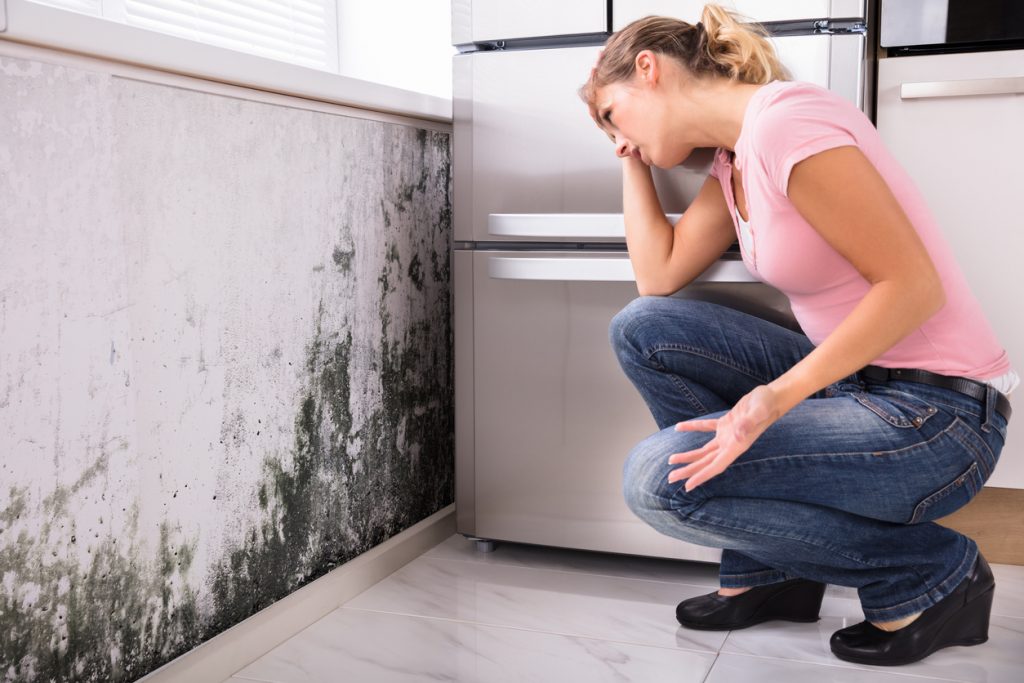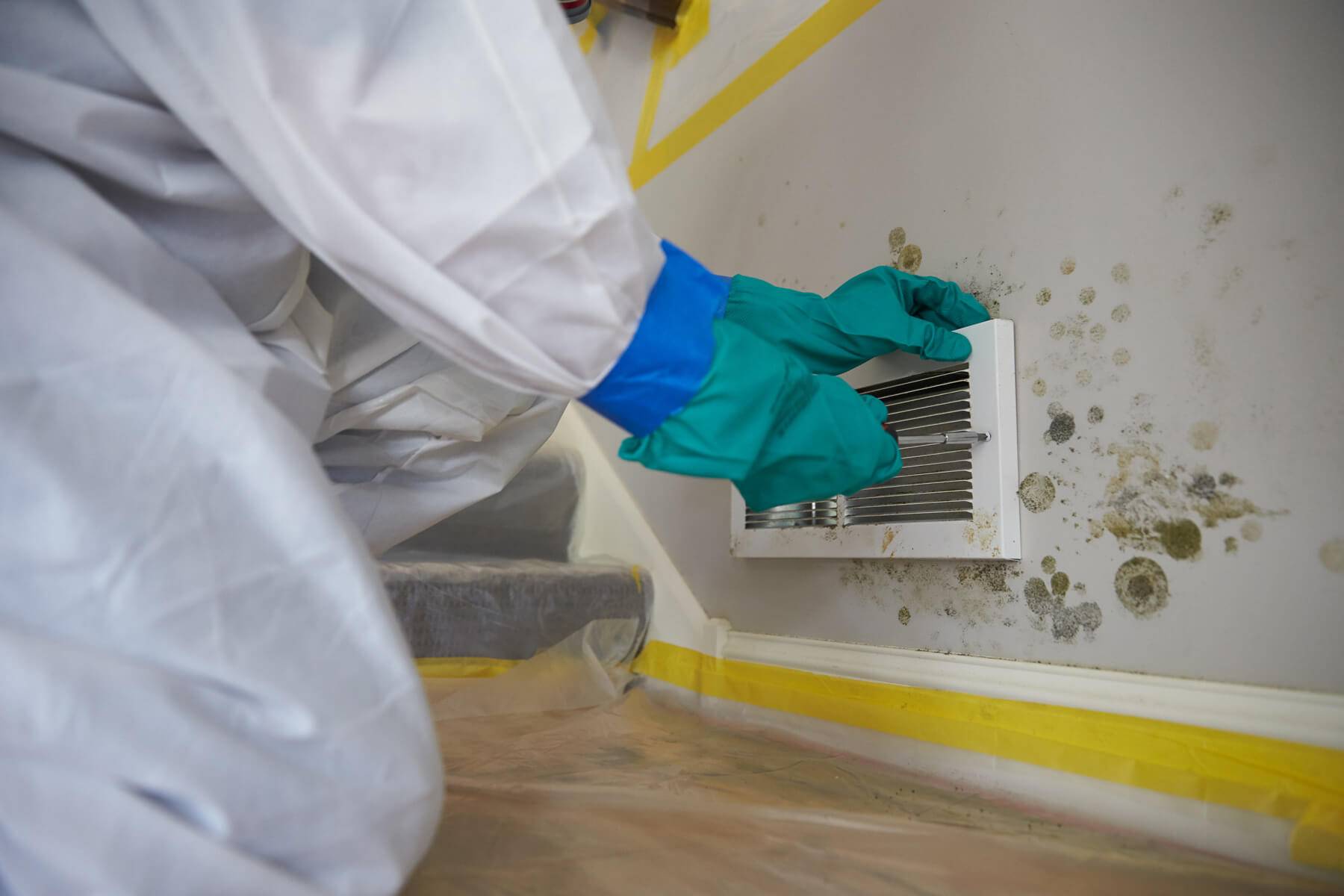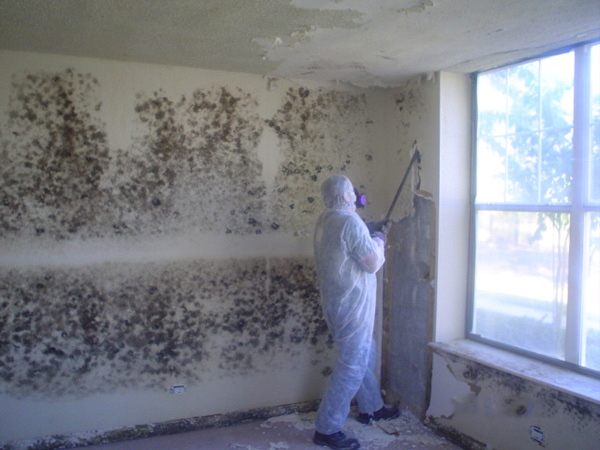Precision Mold And Mildew Remediation Methods for Ensuring a Healthy And Balanced Living Environment
In the realm of keeping a healthy living setting, the efficiency of mold and mildew removal strategies stands as an important aspect that requires precision and know-how. Mold infestations can be perilous, influencing indoor air quality and posing risks to both home and health and wellness. Resolving mold and mildew growth surpasses simple surface area cleaning; it demands a detailed technique that encompasses analysis, targeted techniques, and the application of advanced modern technologies. By discovering the ins and outs of mold removal methods, one can gain insight right into securing against mold-related issues and fostering a healthier environment.
Recognizing Mold And Mildew Development Variables
Understanding the essential factors that add to mold and mildew development is crucial in creating reliable approaches for mold remediation. Mold and mildew requires 3 major aspects to thrive: dampness, suitable temperature levels, and natural material for food. Dampness is perhaps the most critical element as mold and mildew spores can swiftly spread and colonize in moist environments.

Evaluation of Mold And Mildew Infestations
Having actually identified the key variables that add to mold and mildew growth, the next essential step is assessing the level of mold infestations within a home. Mold evaluation includes an extensive assessment to figure out the kind of mold and mildew existing, the impacted areas, and the severity of the problem. Expert mold assessors use a combination of visual examination, wetness meters, thermal imaging video cameras, and air sampling to gather information on the mold trouble.
Visual examination is typically the first action in examining mold invasions, where experts aesthetically analyze locations susceptible to mold and mildew growth, such as shower rooms, attic rooms, and basements. This aids identify noticeable mold development and areas with indicators of water damage or high dampness levels. Wetness meters are then made use of to find moisture levels in structure materials, helping in situating surprise mold development behind walls or ceilings.
In addition, thermal imaging cameras can be utilized to detect temperature distinctions that might indicate moisture problems advertising mold growth. Air tasting is one more important strategy used to gather air-borne mold and mildew spores, providing information on the focus and types of mold existing in the interior environment. By utilizing these analysis methods, professionals can precisely evaluate the mold and mildew problem and develop a reliable remediation plan to make sure a healthy and balanced living setting.

Carrying Out Targeted Remediation Approaches
To successfully attend to mold and mildew infestations, implementing targeted remediation strategies is crucial for removing the source of mold and mildew development and guaranteeing a mold-free environment. These approaches include a systematic strategy tailored to the specific mold and mildew concerns identified throughout the assessment stage. By targeting the underlying variables adding to mold development, such as moisture breach, inadequate air flow, or building product problems, removal efforts can be extra accurate and reliable.
One targeted remediation strategy is to attend to water leakages immediately to stop wetness build-up, which is a primary motorist of mold and mildew expansion. This might involve fixing pipes leaks, boosting drainage systems, or improving waterproofing actions. Additionally, boosting ventilation in moist locations can assist lower moisture degrees, creating a setting much less helpful to mold development.
Moreover, targeted removal approaches may consist of getting rid of and replacing mold-infested products, such as drywall or insulation, and using antimicrobial therapies to inhibit future mold development. Routine monitoring and maintenance are important to maintaining a mold-free environment complying with removal initiatives - local mold remediation philadelphia. By implementing these targeted techniques, property owners can efficiently fight mold and mildew problems and promote a healthier living atmosphere
Using Advanced Mold Elimination Technologies
Advanced mold and mildew removal technologies play a vital duty in attending to mold concerns efficiently and adequately. These systems can record and filter out mold and mildew spores and various other airborne particles, substantially decreasing the spread of mold and mildew throughout remediation.
Additionally, advanced mold and mildew removal technologies include infrared electronic cameras that can discover hidden wetness resources within walls or ceilings, helping in the specific identification of locations susceptible to mold and mildew growth. best mold remediation philadelphia. This innovation enables remediation professionals to target affected locations extra properly, leading to a much more thorough elimination procedure
Ultraviolet (UV) light treatment is one more cutting-edge technology made use of in mold and mildew removal. By leveraging these innovative innovations, mold and mildew remediation professionals can successfully remove mold invasions and develop a healthier living environment for residents.
Protecting Against Future Mold And Mildew Reappearances
With the successful removal of mold More Help invasions making use of advanced technologies, the focus now shifts towards applying durable techniques to stop future mold reappearances. Protecting against mold and mildew from persisting is vital for keeping a healthy and balanced interior setting. One crucial approach is to resolve any kind of underlying dampness concerns in the structure. Normal examinations for leakages in plumbing, roofs, and windows can assist determine and fix resources of excess moisture that add to mold and mildew growth.
Proper air flow is one more essential aspect of mold and mildew prevention. Ensuring ample airflow in all areas of the structure can help in reducing humidity degrees and stop wetness buildup. Making use of dehumidifiers in damp rooms such as cellars can also assist in controlling dampness degrees.
Keeping tidiness great post to read and immediately dealing with any kind of water damage or spills can better help avoid mold development. Normal cleaning routines must consist of dusting, vacuuming, and cleaning down surfaces to prevent the build-up of mold spores.
Enlightening residents about mold and mildew prevention methods, such as correct ventilation and dampness control, can likewise add to a proactive strategy in avoiding future mold problems. By carrying out these techniques, the threat of mold reoccurrences can be significantly decreased, leading to a healthier living setting.
Final Thought
By understanding mold growth variables, analyzing problems, carrying out targeted techniques, making use of innovative elimination modern technologies, and stopping future reoccurrences, one can successfully fight mold concerns. It is essential to prioritize mold and mildew remediation to make certain the health of passengers and avoid potential wellness dangers connected with mold exposure.
